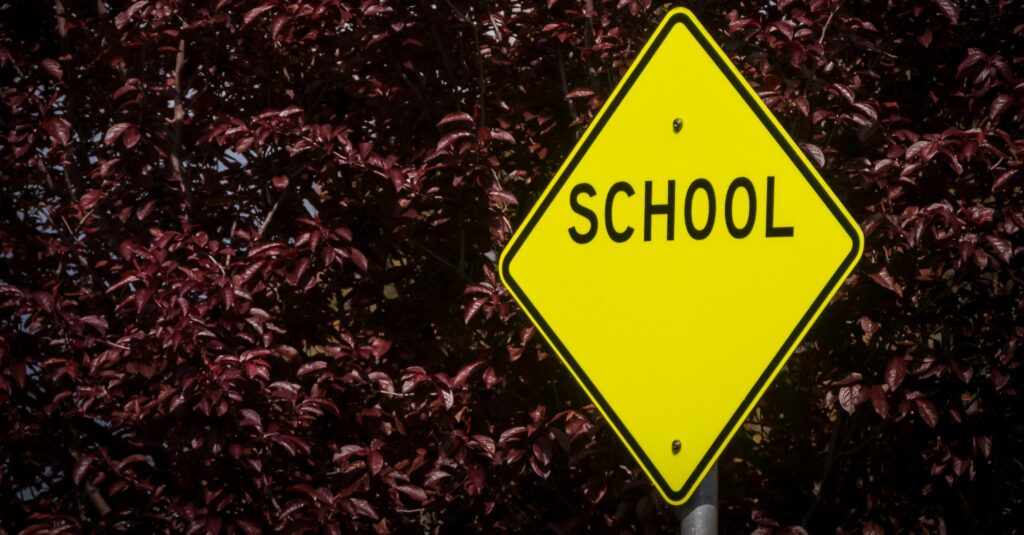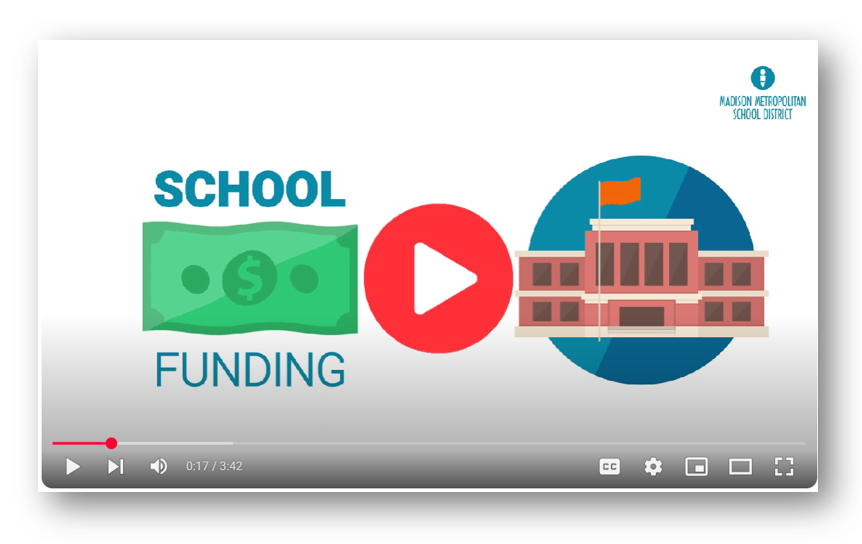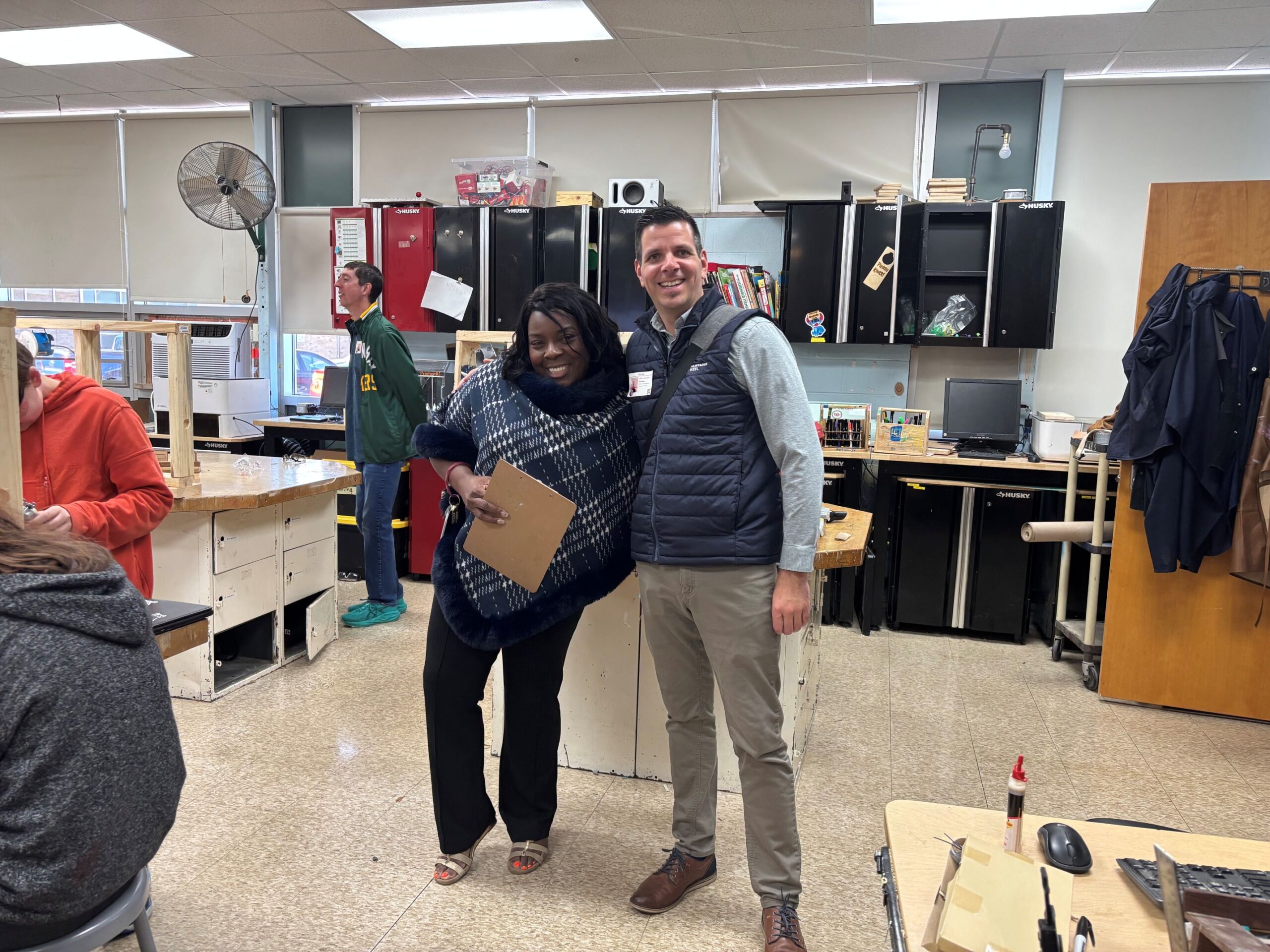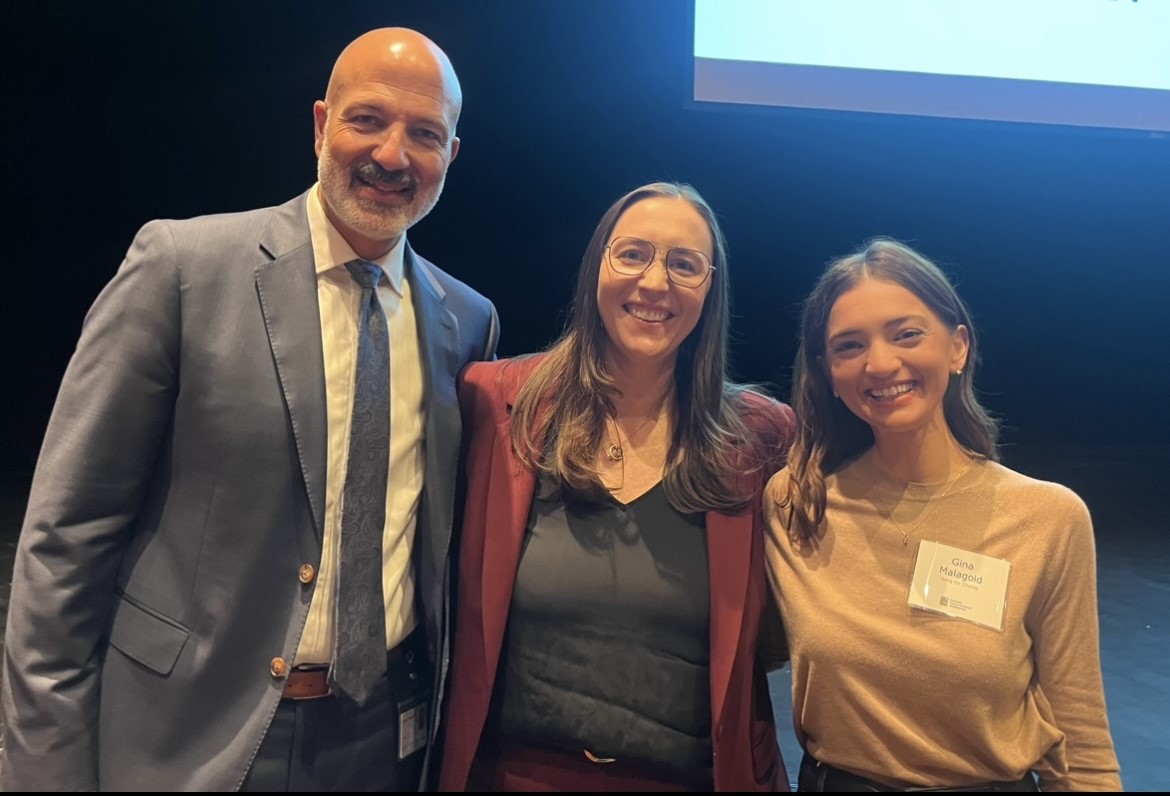
From revenue limits to voucher costs, we break it down—and explain how transparency can put Wisconsin families back in the driver’s seat.
While many have been anxiously watching the news from the nation’s capital regarding budget cuts and other financial uncertainties, we’ve reached another pivotal moment in shaping how our schools are funded here at home. The Wisconsin State Legislature’s Joint Committee on Finance held the last of four public hearings on the state budget in Wausau on April 29th. Three other public hearings were previously held throughout April in Kaukauna, West Allis, and Hayward. At each of these, we saw parents, educators, and school and district leaders standing up to call for a budget that meets students’ needs.
The Joint Finance Committee will now make edits to the Governor’s proposed budget based on the feedback they received during these hearings. The revised budget will then be submitted to both the Assembly and Senate for further debate until both chambers can agree. Once consensus is reached, the budget is presented to the Governor for approval or a full or partial veto.
While the public may have opportunities to provide feedback on budget priorities – by submitting comments and electing individuals to represent them in public office – many do not understand the complexities and implications of the state budget. This is particularly true when it comes to the way we finance K-12 education.
Public school funding is primarily made up of a combination of local property taxes and state dollars. State policy limits how much school districts can spend. This is called the revenue limit, which caps what school districts can spend per student each year. Even when school costs increase – for things like utilties, staff salaries, or student services – schools can’t automatically adjust their budgets. It’s like being handed the same grocery budget every year while food prices keep climbing. Unfortunately, we have seen that the resources schools need to survive have fallen further and further behind the basic costs to operate them.
Watch this quick explainer video on how school funding works:
Districts’ financial situations become even more difficult with the expansion of voucher and independent charter schools. The Milwaukee Parental Choice Program (MPCP) – the country’s first school choice voucher program – was created in 1990. Since then, three other voucher school programs that encompass the rest of the state have been established, and the state has allowed the creation of charter schools. Voucher and independent charter schools (ICS) operate outside of local school districts, but they still impact district finances.
Why does this affect your taxes?
While the voucher programs were initially paid for by the state’s general revenue, all but the MPCP are now funded by reducing state aid to resident public school districts. When this happens, those districts are allowed to raise local property taxes to offset the lost funding. Funding mechanisms for independent charter schools work similarly, but in many cases, districts are not allowed to raise taxes to make up for the lost aid.
That means local taxpayers are often left to make up the difference, without any say in how that money is spent. The 2024 City of Madison property tax bills show “Madison Schools” as the recipient of 47% of those taxes. MMSD is the largest recipient of funding, but a growing portion is redirected to voucher and charter schools. Last year, $11.7 million of our local school tax levy was mandated by state law to support these other schools.
We believe there should be transparency and accountability in how all public dollars are spent on K-12 education within the state. This is why we have been strong supporters of including tax transparency information on Madison’s property tax bill inserts – and we aren’t the only ones. On April 15th, Green Bay joined Madison, Milwaukee, and Racine in approving language to be added to next year’s tax bills showing the amount the district pays for private school vouchers. Transparency like this helps taxpayers understand where their money is going—and who it’s really benefiting. Improving transparency in the use of taxpayers’ dollars can help inform local and state decision-making. It also allows voters to hold our elected officials accountable for their decisions.
Tax transparency isn’t just a budget issue—it’s about fairness and public accountability. We encourage you to learn more about the costs of the programs mentioned above, share this information with your community, and partner with the Foundation to advocate for a system where all public dollars are visible, accountable, and used in service of every student. Together, we can make that future possible.


